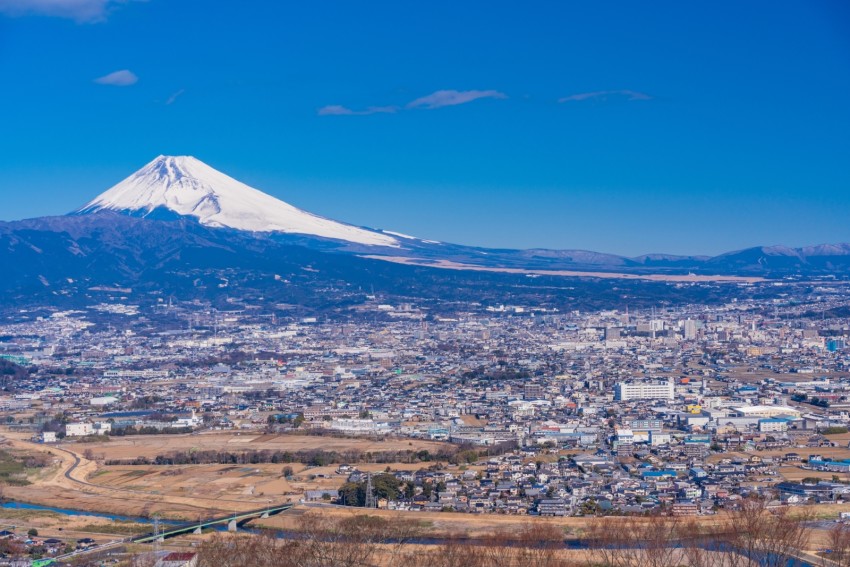DECEMBER 25, 2023
HEARD ON ALL THINGS CONSIDERED
Transcript
Established labor unions won big at the bargaining table in 2023, but newly-formed unions remained mired in legal battles with companies who continue to fight their existence.
ARI SHAPIRO, HOST:
More than half a million workers in America went on strike this year.
(SOUNDBITE OF ARCHIVED RECORDING)
UNIDENTIFIED CROWD #1: (Chanting) Hey, hey, ho, ho, corporate greed has got to go.
SHAPIRO: And hundreds of thousands more threatened to strike, leading to historic wins for workers like we haven't seen in decades.
(SOUNDBITE OF ARCHIVED RECORDING)
UNIDENTIFIED PERSON #1: (Chanting) Union.
UNIDENTIFIED CROWD #2: (Chanting) Union.
UNIDENTIFIED PERSON #1: (Chanting) Mighty.
UNIDENTIFIED CROWD #2: (Chanting) Mighty.
SHAPIRO: But does this signal a turnaround for unions in the U.S.? NPR's Andrea Hsu weighs in on that question.
ANDREA HSU, BYLINE: Hollywood actors and writers, nurses and emergency room techs, airline pilots, autoworkers, delivery drivers - those were just some of the union workers who banded together this year to demand pay and benefits that validate their hard work. Here was Teamsters organizer Rob Atkinson at a UPS rally.
(SOUNDBITE OF ARCHIVED RECORDING)
ROB ATKINSON: What has UPS done to show that they respect the sacrifices that you all made working through that pandemic while they increased their profits by 250%? Nothing. Well, I got news for them. We're here to collect our share.
HSU: The idea that workers deserve more of what the top bosses have long enjoyed was central to the United Auto Workers strike. Here was UAW President Shawn Fain on Labor Day.
(SOUNDBITE OF ARCHIVED RECORDING)
SHAWN FAIN: We're fed up, just like all the working class is fed up with watching these companies take in billions in profits. We've watched the CEOs rake in millions, and we've watched workers' wages, benefits go backwards.
HSU: Also enraged - workers in hospitals, hotels and Hollywood. Here's actor Jordan Hull.
(SOUNDBITE OF ARCHIVED RECORDING)
JORDAN HULL: Writers and actors and directors and everyone in front or behind the camera are the reason that movies are made. And so I hope these studio corporate greed-heads start to realize that.
HSU: By the looks of it, they did. Hollywood Studios agreed to major changes in how they pay actors and writers for content that's streamed. Kaiser Permanente, UPS and the Big Three automakers all agreed to historic wage increases. And while the unions didn't win everything they had sought, overall, they emerged looking stronger than they have in years. President Biden summed up what the UAW achieved this way.
(SOUNDBITE OF ARCHIVED RECORDING)
PRESIDENT JOE BIDEN: Look, folks, these deals are game changers, not only for UAW workers but for all workers in America.
HSU: At least, that is his hope. However, not all unions had such big wins to celebrate this year, especially not the newly formed unions, the ones that grabbed so many headlines last year.
(SOUNDBITE OF ARCHIVED RECORDING)
UNIDENTIFIED PERSON #2: (Chanting) Hey, Starbucks. Get off it.
UNIDENTIFIED CROWD #3: (Chanting) Put workers over profit.
HSU: Remember when Starbucks baristas went on a tear organizing hundreds of stores in just a matter of months or when warehouse workers on Staten Island defied everyone's expectations to form the first Amazon Labor Union?
(SOUNDBITE OF ARCHIVED RECORDING)
UNIDENTIFIED CROWD #4: (Chanting) ALU, ALU.
HSU: Well, more than a year and a half later, not a single unionized Starbucks store has a first contract, and Amazon is still challenging the outcome of that Staten Island election. In a statement, the company said we don't believe it represents what the majority of our team wants.
CONNOR SPENCE: From Amazon's perspective, they just pretend that we don't exist.
HSU: Connor Spence was one of the original organizers of the Amazon Labor Union. He worked as a packer at that Staten Island warehouse until he was fired.
SPENCE: On November 29.
HSU: As an organizer, Spence had spent many off hours in the break room, a violation of Amazon's policy that you can only be on site when you're scheduled to work. Now, federal labor officials have said that policy violates workers' right to organize, but Amazon disagrees and is fighting back. And it's far from the only thing the company is fighting. At some point, there will likely be a hearing on whether to force the company to sit down with the union to negotiate a contract. Spence isn't holding his breath.
SPENCE: Whatever the results of the court case are, we don't know that Amazon will even honor those results. They could appeal this all the way up to the Supreme Court if they wanted.
HSU: Meanwhile, turnover at Amazon warehouses is high, as much as 150% a year, which means on Staten Island...
SPENCE: A substantial number of the people who voted in the election aren't there anymore.
HSU: It's like this elsewhere, too. At Starbucks and Trader Joe's, things are moving so slowly there are pockets of workers who don't want to be part of a union who are trying to undo the process. Still, at well-established unions like the UAW, things do feel different for now. Fresh from his big wins, Shawn Fain is riding the momentum, vowing...
(SOUNDBITE OF ARCHIVED RECORDING)
FAIN: When we return to the bargaining table in 2028, it won't just be with the Big Three, but with the Big Five or Big Six.
HSU: Already, the UAW says it's got organizing campaigns going at a dozen nonunion plants, but there, too, all signs point to a long and rocky road ahead. Andrea Hsu, NPR News.
SHAPIRO: And a note that Amazon is among NPR's financial supporters and pays to distribute some NPR content.
Copyright © 2023 NPR. All rights reserved. Visit our website terms of use and permissions pages at www.npr.org for further information.
NPR transcripts are created on a rush deadline by an NPR contractor. This text may not be in its final form and may be updated or revised in the future. Accuracy and availability may vary. The authoritative record of NPR’s programming is the audio record.














